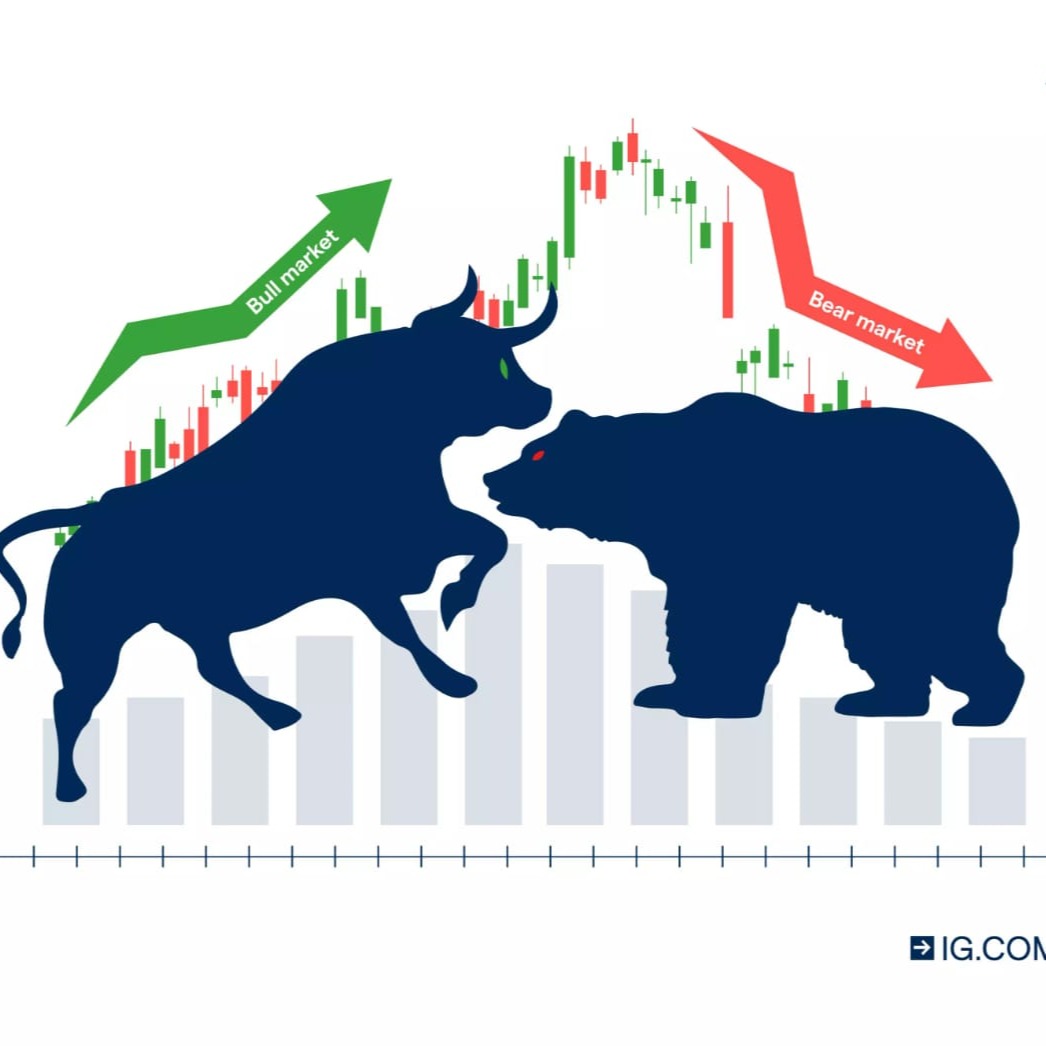
Цена GasGAS
Конвертация GAS на USD
Текущий курс Gas в USD сегодня
Как вы думаете, вырастет или упадет сегодня курс Gas?
Рыночная информация о Gas
О Gas (GAS)
Что такое GAS?
GAS, обычно называемый NEOGas, является неотъемлемым компонентом блокчейна NEO, платформы, которую часто называют китайским ответом на Ethereum. Уникальность сети NEO заключается в том, что она использует механизм двойных токенов с целью разделения прав управления и прав использования сети. В то время как NEO представляет собой аспект управления, GAS является операционным токеном, который облегчает различные действия в сети NEO. Подобно понятию "gas" на платформе Ethereum, токен GAS в экосистеме NEO используется для оплаты множества операций, что делает его неотъемлемым элементом для бесперебойной работы сети.
В основе концепции "смарт экономики" сети NEO лежит система двойных токенов. NEO, общее предложение которого составляет 100 млн. токенов, позволяет его держателям участвовать в управлении, голосуя за комитет Neo, который следит за работой блокчейна. С другой стороны, GAS, который генерируется с каждым обработанным блоком, используется для оплаты комиссий за транзакции и развертывания смарт-контрактов в сети NEO. Такая двойная система обеспечивает децентрализацию управления, при этом сеть остается гибкой и эффективной.
Ресурсы
Официальные документы: https://docs.neo.org/docs/en-us/index.html
Официальный сайт: https://neo.org/
Как работает GAS?
Сеть NEO взимает плату в виде GAS за операции и хранение токенов и смарт-контрактов. Этот механизм предотвращает потенциальное злоупотребление ресурсами узла. Комиссии, собранные системой, сгорают, обеспечивая дефляционный аспект GAS. При этом плата за пользование сетью перераспределяется между узлами консенсуса, предоставляя им экономический стимул для поддержания целостности и эффективности сети.
Токены GAS выпускаются с частотой, которая определяется сетью. Например, каждый блок генерирует 5 токенов GAS, которые распределяются в различных пропорциях. Наибольшую часть GAS получают избиратели, в качестве награды за их активную роль в управлении сетью. Такая система поощряет не только участие, но и обеспечивает должное вознаграждение для тех, кто вносит свой вклад в принятие решений в сети.
Что такое токен GAS?
GAS - это один из двух токенов, созданных Neo Foundation. Его основная миссия заключается в том, чтобы быть служебным токеном в сети NEO. GAS используется для оплаты комиссий за транзакции и развертывания смарт-контрактов. В отличие от NEO, который является неделимым, GAS делится на части, что делает его подходящим для микротранзакций в сети.
Удерживая токены NEO в определенных кошельках, пользователи могут получать GAS в виде дивидендов. Такой механизм стейкинга предлагает держателям токенов NEO дополнительный способ получения дохода, что делает экосистему NEO привлекательной как для участия в управлении, так и для получения пассивного дохода.
Что определяет цену токена GAS?
В постоянно меняющейся сфере Web3 цена на GAS, ключевого токена в сети NEO, зависит от множества факторов, обусловленных динамикой блокчейна и внешними рыночными условиями. По своей сути, принцип спроса и предложения играет ключевую роль в определении цены на GAS, как и на все другие активы. По мере роста популярности криптовалют и увеличения активности сети NEO, спрос на GAS может подвергаться значительным колебаниям. Графики и анализ криптовалют могут дать представление об этих изменениях, часто подчеркивая влияние последних новостей - от изменений в регулировании криптовалют до последних событий в сфере блокчейна.
Рыночная волатильность, являющаяся характерной чертой криптовалютной сферы, дополнительно усложняет прогнозирование цен на криптовалюты. Такие факторы, как риски криптовалют, опасения по поводу безопасности и более широкие криптовалютные тенденции, могут привести к внезапным и резким колебаниям цен. Например, если лучшими криптовалютными инвестициями на 2023 год и впоследствии будут считаться такие токены, как GAS, это может привести к резкому росту спроса, что может повлиять на его цену. По сути, в то время как внутренние механизмы сети NEO и принципы блокчейна определяют основополагающую ценность GAS, такие внешние факторы, как регулирования криптовалют или последние новостей в области Web3, формируют его рыночную цену.
История курса Gas (USD)
 Самая низкая цена
Самая низкая цена Самая высокая цена
Самая высокая цена 
Каков максимальный курс Gas?
Каков минимальный курс Gas?
Прогноз курса Gas
Когда наступает благоприятное время для покупки GAS? Стоит сейчас покупать или продавать GAS?
Какой будет цена GAS в 2026?
Согласно прогнозу годового роста в +5%, в 2026 г. цена Gas (GAS) ожидается на уровне $1.96. Исходя из прогнозируемой цены на текущий год, совокупная доходность от инвестиции в Gas до конца 2026 г. достигнет +5%. Подробная информация: Прогноз цены Gas на 2025, 2026, 2030–2050 гг..Какова будет цена GAS в 2030 году?
Популярные акции
Мировые цены на Gas
Как купить Gas(GAS)

Создайте бесплатный аккаунт на Bitget

Верификация учетной записи

Конвертировать GAS в USD
Часто задаваемые вопросы
Какова текущая цена газовой монеты?
Какие факторы влияют на цену Gas coin?
Является ли Gas coin хорошей инвестицией по текущей цене?
Как изменилась цена Gas coin за последний месяц?
Где я могу купить монету Gas?
Каковы прогнозы цен на Gas coin на следующий год?
Есть ли предстоящие события, которые могут повлиять на цену Gas coin?
Как Gas coin сравнивается с другими криптовалютами с точки зрения ценовой стабильности?
Какова исторически высокая цена Gas coin?
Может ли цена Gas coin вернуться к своим предыдущим максимумам?
Какова текущая цена Gas?
Каков торговый объем Gas за 24 часа?
Какая рекордная цена Gas?
Могу ли я купить Gas на Bitget?
Могу ли я получать стабильный доход от инвестиций в Gas?
Где я могу купить Gas по самой низкой цене?
Цены похожих криптовалют
Где можно купить Gas (GAS)?
Раздел с видео – быстрая верификация, быстрая торговля
Конвертация GAS на USD
Ресурсы
Тэги:
Bitget Идеи





Торговать
Earn
GAS/USDT
СпотGAS/USDT
Активы счетаGAS/USDT
Фьючерсы USDT-M






